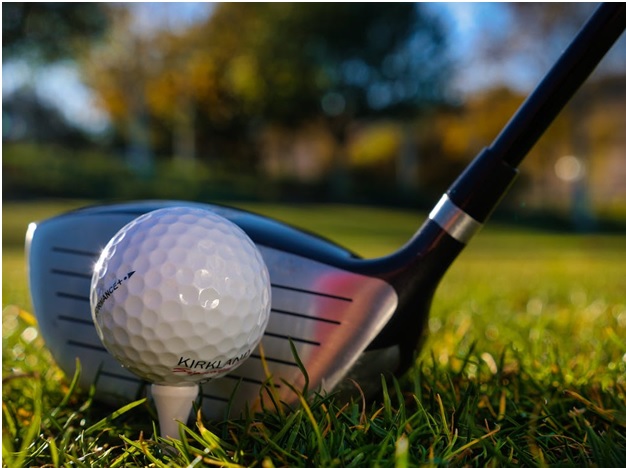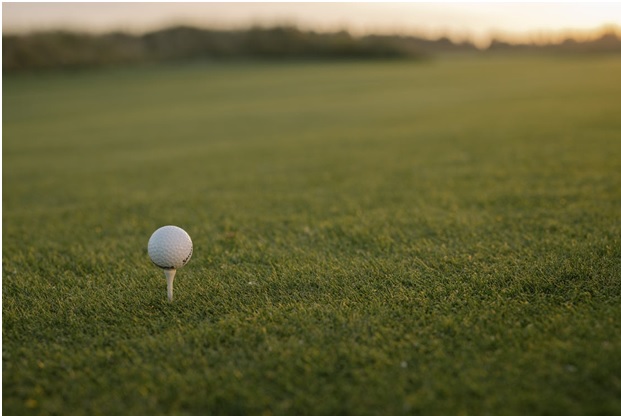Push and Pull: Is It a Swing Error or Shaft Torque?
Posted by Dallas Golf on 28 Sep 2021

These days, it seems like there’s a new study every few weeks that promises to have solidly solved the problem of some shot error. Every year, new golf shafts for drivers hit the market that promise to be more forgiving and better able to accommodate and support the needs of a wider range of swing speeds.
Sometimes what you need is a little insight and information so you can take a more critical look at your form and your equipment to diagnose a problem. Space-age technology is not always the solution.
In this article, we’re going to look at two common shot errors: push and pull shots. A push describes a shot in which the ball curves to the right during flight, whereas a pull shot describes one in which the golf ball’s flight curves to the left.
Causes of (and Solutions for) a Pull Shot
While diagnosing a pull shot is as easy as diagnosing a push shot, getting to the bottom of the issue may be a little easier with a pull since it is almost impossible that the golf shaft for your driver is the underlying issue. It is almost a certainty that a push shot is caused by a swing error.
Pull shots occur when your clubface contacts the golf ball too far to the outside, resulting in an undesirable spin that causes the ball flight to skew to the left, often muddling your accuracy, much to your chagrin.
The error here may lie with how you are approaching the swing. If your swing enters the target line from the outside, it may result in your clubface contacting the ball too far to the outside. You may also be gripping the shaft too tightly or straightening your wrist too soon through the swing.
If you’re experiencing consistent pull shots, take a step back and decompress for a moment before approaching the tee again. Realign your stance to ensure proper orientation to the target line. Pay close attention to how your wrists move during the swing, making adjustments as needed. If you still can’t remedy the issue, consider working with a professional trainer or instructor to observe your swing and make recommendations for improvement.
What’s Causing the Push Shot?
A push shot, in which the golf ball curves to the right and away from the golfer, is a similar error to the pull shot, but one that may be caused by either swing errors or a poorly matched golf shaft.
Oftentimes, a push shot is the result of a golfer swing too aggressively and turning the hips and knees in the process. This will result in the clubhead approaching the ball from the inside, with an open clubface. As a result, the ball will skew off to the right.
If your issue is Swing-based, you may be able to fix the problem with the practice. Work on keeping your lower body steady and follow through with your arms without pivoting around your hips or bending your knees.
However, players with high swing speeds may also find that it is the golf shaft for their driver that is causing the issue; specifically the torque.
Torque, which is a measurement of how much a golf shaft for a driver “twists” around an axis that runs through it, may also cause push shots. When a golfer with a higher swing speed swings a shaft with a more flexible shaft with a higher torque rating, the club head may lag slightly, “twisting” away from the swing.
When the clubhead reaches its apex and then is forced downward, the shaft will torque in the other direction. This rapid change in clubhead speed can cause the clubhead to contact the ball with an open face, resulting in the spin that causes a push shot.
Of course, if you have a slower swing speed and you know your golf shaft is well-matched to your natural abilities, then you have less reason to suspect that it’s the shaft that’s causing the issue. It’s probably a stance or a swing error; try making those adjustments first.
However, if you still have a persistent shot error that training can’t seem to fix, then it might be the golf shaft paired with your driver.

Can a Different Golf Shaft for a Driver Help?
In the rare instances in which it may be the golf shaft causing the issue, a stiffer shaft may be able to help. A stiffer shaft with a lower torque rating will rotate less through the swing, decreasing the likelihood that the clubhead will contact the ball with an open face. If nothing else fixes the issue, practicing with a different golf shaft for your driver may help.
Of course, getting to the bottom of the issue is the first step in fixing it. Give us a call today at 800-955-9550 to see if we can help or come into our location in Dallas, Texas to take advantage of our professional golf club fitting services!
